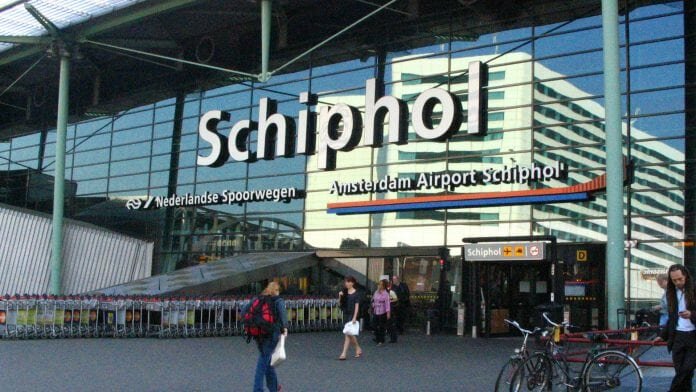
Amsterdam Schiphol Airport, the Netherlands, plans to expand its use of passenger predictability technology to cover the entire journey from entrances to gates.
The airport, which served almost 70 million passengers, 107 airlines and more than 300 destinations in 2017 and continues to grow, has used a form of the Veovo BlipTrack guest predictability technology since 2010. However, the airport continues to face capacity restrictions on its road infrastructure, as well as its six runways and 90 gates, meaning an expansion of passenger predictability technology is a vital step towards meeting challenges.
The Veovo BlipTrack platform is able to provide real-time passenger data, monitoring queues and movement to allow airport staff to respond more quickly and effectively to challenges and provide the best possible experience for passengers. By the end of this year, Schiphol Airport plans to roll out the solution across all of its systems to provide a holistic view of passenger experience.
How has the ability to monitor passengers helped address Schiphol Airport’s capacity issues?
Michiel de Haas, capacity manager at Schiphol Airport, explained that the ability to use passenger data in real time had helped the airport become more efficient and respond to the capacity challenges it is facing without having to expand its operations.
De Haas said: “At passenger processes, airports must constantly be prepared to respond to increasing passenger numbers and demands. At Airport Schiphol, which battles challenges with capacity, the solution offers a necessary level of service and logistical insights.”
The passenger predictability technology that Veovo has provided has also provided an advantage, because it helps the airport to gain a holistic and data-driven approach to passenger management. The solution uses sensors and cameras placed around the airport to gather data, and these devices will be installed in all areas of the airport by the end of this year.


















